Censorship Industrial Complex
Telegram CEO Pavel Durov’s Arrest Is Part of a Global War on Free Speech
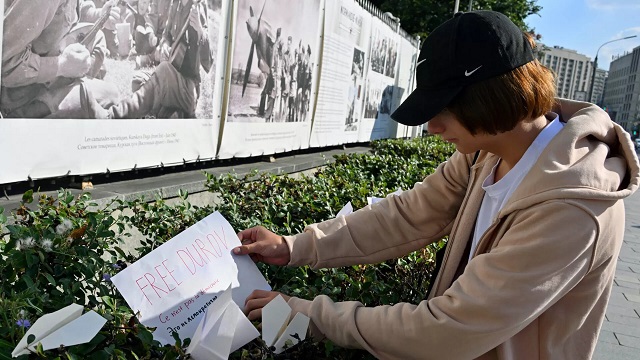
From The Rattler
Governments around the world seek to suppress ideas and control communications channels
It’s appropriate that, days after the French government arrested Pavel Durov, CEO of the encrypted messaging app Telegram, for failing to monitor and restrict communications as demanded by officials in Paris, Meta CEO Mark Zuckerberg confirmed that his company, which owns Facebook, was subjected to censorship pressures by U.S. officials. Durov’s arrest, then, stands as less of a one-off than as part of a concerted effort by governments, including those of nominally free countries, to control speech.
“Telegram chief executive Pavel Durov is expected to appear in court Sunday after being arrested by French police at an airport near Paris for alleged offences related to his popular messaging app,” reported France24.
A separate story noted claims by Paris prosecutors that he was detained for “running an online platform that allows illicit transactions, child pornography, drug trafficking and fraud, as well as the refusal to communicate information to authorities, money laundering and providing cryptographic services to criminals.”
Freedom for Everybody or for Nobody
Durov’s alleged crime is offering encrypted communications services to everybody, including those who engage in illegality or just anger the powers that be. But secure communications are a feature, not a bug, for most people who live in a world in which “global freedom declined for the 18th consecutive year in 2023,” according to Freedom House. Fighting authoritarian regimes requires means of exchanging information that are resistant to penetration by various repressive police agencies.
“Telegram, and other encrypted messaging services, are crucial for those intending to organize protests in countries where there is a severe crackdown on free speech. Myanmar, Belarus and Hong Kong have all seen people relying on the services,” Index on Censorship noted in 2021.
And if bad people occasionally use encrypted apps such as Telegram, they use phones and postal services, too. The qualities that make communications systems useful to those battling authoritarianism are also helpful to those with less benign intentions. There’s no way to offer security to one group without offering it to everybody.
Durov’s Second Clash With an Authoritarian Government
A CNN report on the case (I watch so you don’t have to) weirdly linked Durov to Russian President Vladimir Putin, insinuating the two are conspiring. But as Reuters helpfully points out, “Telegram, based in Dubai, was founded by Durov, who left Russia in 2014 after he refused to comply with demands to shut down opposition communities on his VK social media platform, which he has sold.”
The Internet Archive contains links to 2014 posts by Durov boasting, in Russian, that he refused to surrender information about Ukrainian users of VKontakte to the Putin regime and balked at barring the late Alexei Navalny’s opposition group from the service.
“I’m afraid there is no going back,” Durov told TechCrunch after leaving Russia to build Telegram. “Not after I publicly refused to cooperate with the authorities. They can’t stand me.”
Telegram was initially blocked in Russia, but the ban was unpopular and unsuccessful, and soon dropped. The service is now widely used by both Russians and Ukrainians as a digital battleground in their war.
Given that Telegram was founded by a free speech champion who fled his home country after refusing to monitor and censor speech for the authorities, it’s very easy to suspect that Pavel Durov has run afoul of authoritarians operating under a different flag, no matter the protestations of French President Emmanuel Macron that the arrest “is in no way a political decision” and that France “is deeply committed to freedom of expression and communication.”
This is the same Macron, after all, who last year, after riots he insisted were coordinated online, huffed “We have to think about the social networks, about the bans we’ll have to put in place. When things get out of control, we might need to be able to regulate or cut them off.”
More recently, free speech groups objected to European Union threats to censor political content on X—specifically, an interview with Republican presidential candidate Donald Trump.
The U.S. Has Its Own Free Speech Concerns
Matters are better in the United States, but not so much (as we have every right to demand). The Twitter Files and the Facebook Files revealed serious pressure brought to bear by the U.S. government on social media companies to stifle dissenting views and inconvenient (to the political class) news stories. If any further confirmation was needed, Zuckerberg sent a letter to the House Judiciary Committee on August 26 regretting the company’s role in succumbing to pressure to censor content.
“In 2021, senior officials from the Biden administration, including the White House, repeatedly pressured our teams for months to censor certain COVID-19 content, including humor and satire,” Zuckerberg wrote to Chairman Jim Jordan (R–Ohio). “I believe the government pressure was wrong, and I regret that we were not more outspoken about it.”
Zuckerberg also admitted to suppressing reports about the incriminating contents of Hunter Biden’s laptop at the FBI’s behest. “We’re ready to push back if something like this happens again,” he promised.
Fighting a Free Speech Recession
Durov’s arrest isn’t an isolated incident. It comes amid what Jacob Mchangama, (founder of the Danish think tank Justitia and executive director of The Future of Free Speech) calls “a free speech recession.” He warns that “liberal democracies, rather than constituting a counterweight to the authoritarian onslaught, are themselves contributing to the free-speech recession.”
“Recession” might be too soft a word to describe a phenomenon that has governments attempting to suppress ideas and arresting entrepreneurs who operate neutral communications channels. These are harsh policies with real costs in terms of human freedom.
Telegram didn’t respond to a request for comment, but in a public statement said, “it is absurd to claim that a platform or its owner are responsible for abuse of that platform.”
In a post from March, Pavel Durov himself commented, “All large social media apps are easy targets for criticism due to the content they host.” He vowed, “we shall solve any potential challenges the same way we do everything else — with efficiency, innovation and respect for privacy and freedom of speech.”
Durov’s arrest shows that he, like all champions of free expression, must wage their battles for liberty against the active opposition of government officials even in nominally free countries. Free speech is as important as ever, but more besieged than it has been in a long time.
Here are a few more good articles about liberty:
|
|
|
|
Business
Trump slaps Brazil with tariffs over social media censorship
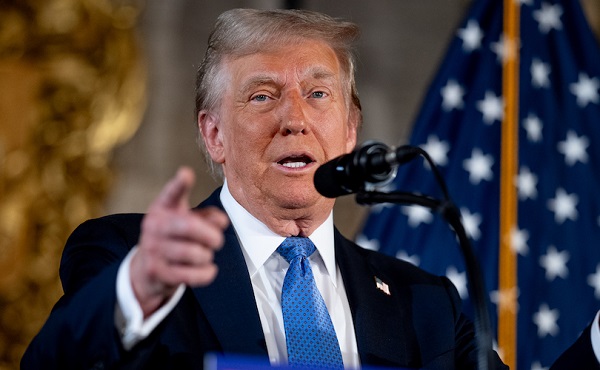
From LifeSiteNews
By Dan Frieth
In his letter dated July 9, 2025, addressed to President Luiz Inácio Lula da Silva, Trump ties new U.S. trade measures directly to Brazilian censorship.
U.S. President Donald Trump has launched a fierce rebuke of Brazil’s moves to silence American-run social media platforms, particularly Rumble and X.
In his letter dated July 9, 2025, addressed to President Luiz Inácio Lula da Silva, Trump ties new U.S. trade measures directly to Brazilian censorship.
He calls attention to “SECRET and UNLAWFUL Censorship Orders to U.S. Social Media platforms,” pointing out that Brazil’s Supreme Court has been “threatening them with Millions of Dollars in Fines and Eviction from the Brazilian Social Media market.”


Trump warns that these actions are “due in part to Brazil’s insidious attacks on Free Elections, and the fundamental Free Speech Rights of Americans,” and states: “starting on August 1, 2025, we will charge Brazil a Tariff of 50% on any and all Brazilian products sent into the United States, separate from all Sectoral Tariffs.” He also adds that “Goods transshipped to evade this 50% Tariff will be subject to that higher Tariff.”
Brazil’s crackdown has targeted Rumble after it refused to comply with orders to block the account of Allan dos Santos, a Brazilian streamer living in the United States.
On February 21, 2025, Justice Alexandre de Moraes ordered Rumble’s suspension for non‑compliance, saying it failed “to comply with court orders.”
Earlier, from August to October 2024, Moraes had similarly ordered a nationwide block on X.
The court directed ISPs to suspend access and imposed fines after the platform refused to designate a legal representative and remove certain accounts.
Elon Musk responded: “Free speech is the bedrock of democracy and an unelected pseudo‑judge in Brazil is destroying it for political purposes.”
By linking censorship actions, particularly those targeting Rumble and X, to U.S. trade policy, Trump’s letter asserts that Brazil’s judiciary has moved into the arena of foreign policy and economic consequences.
The tariffs, he makes clear, are meant, at least in part, as a response to Brazil’s suppression of American free speech.
Trump’s decision to impose tariffs on Brazil for censoring American platforms may also serve as a clear signal to the European Union, which is advancing similar regulatory efforts under the guise of “disinformation” and “online safety.”
With the EU’s Digital Services Act and proposed “hate speech” legislation expanding government authority over content moderation, American companies face mounting pressure to comply with vague and sweeping takedown demands.
By framing censorship as a violation of U.S. free speech rights and linking it to trade consequences, Trump is effectively warning that any foreign attempt to suppress American voices or platforms could trigger similar economic retaliation.
Reprinted with permission from Reclaim The Net.
Censorship Industrial Complex
Canadian pro-freedom group sounds alarm over Liberal plans to revive internet censorship bill
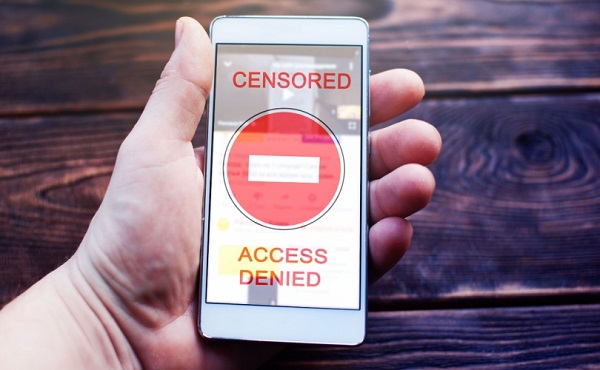
From LifeSiteNews
The Democracy Fund warned that the Liberal government may bring back a form of Bill C-63, which is aimed at regulating online speech.
One of Canada’s top pro-democracy groups has sounded the alarm by warning that the Canadian federal government is planning to revive a controversial Trudeau-era internet censorship bill that lapsed.
The Democracy Fund (TDF), in a recent press release, warned about plans by the Liberal government under Prime Minister Mark Carney to bring back a form of Bill C-63. The bill, which lapsed when the election was called earlier this year, aimed to regulate online speech, which could mean “mass censorship” of the internet.
“TDF is concerned that the government will try once more to give itself the power to criminalize and punish online speech and debate,” the group said.
“TDF will oppose that.”
According to the TDF, it is “concerned that the government intends to re-introduce the previously abandoned Online Harms Bill in the same or modified form.”
Bill C-63, or the Online Harms Act, was put forth under the guise of protecting children from exploitation online. The bill died earlier this year after former Prime Minister Justin Trudeau called the 2025 federal election.
While protecting children is indeed a duty of the state, the bill included several measures that targeted vaguely defined “hate speech” infractions involving race, gender, and religion, among other categories. The proposal was thus blasted by many legal experts.
The Online Harms Act would have censored legal internet content that the government thought “likely to foment detestation or vilification of an individual or group.” It would be up to the Canadian Human Rights Commission to investigate complaints.
The TDF said that Bill C-63 would have made it a criminal offense to publish ill-defined “harmful content.”
“It required social media companies to remove potentially harmful content or face punitive fines. Many defenders of civil liberty, including TDF, worried that the application of this badly defined concept would lead to mass surveillance and censorship,” the group said.
The TDF warned that under Carney, the government is “once again considering new or similar legislation to regulate online speech, with the Minister of Justice claiming he would take another look at the matter.”
Mark Joseph, TDF litigation director, pointed out that Canada already has laws that “the government can, and does, use to address most of the bad conduct that the Bill ostensibly targeted.”
“To the extent that there are gaps in the Criminal Code, amendments should be carefully drafted to fix this,” he said.
“However, the previous Bill C-63 sought to implement a regime of mass censorship.”
As reported by LifeSiteNews last month, a recent Trudeau-appointed Canadian senator said that he and other “interested senators” want Carney to revive a controversial Trudeau-era internet censorship bill that lapsed.
Another recent Carney government Bill C-2, which looks to ban cash donations over $10,000, was blasted by a constitutional freedom group as a “step towards tyranny.”
Carney, as reported by LifeSiteNews, vowed to continue in Trudeau’s footsteps, promising even more legislation to crack down on lawful internet content.
He has also said his government plans to launch a “new economy” in Canada that will involve “deepening” ties to the world.
Under Carney, the Liberals are expected to continue much of what they did under Justin Trudeau, including the party’s zealous push in favor of abortion, euthanasia, radical gender ideology, internet regulation and so-called “climate change” policies. Indeed, Carney, like Trudeau, seems to have extensive ties to both China and the globalist World Economic Forum, connections that were brought up routinely by conservatives in the lead-up to the election.
-

 Business17 hours ago
Business17 hours agoMost Canadians say retaliatory tariffs on American goods contribute to raising the price of essential goods at home
-

 National1 day ago
National1 day agoWomen and girls beauty pageant urges dismissal of transgender human rights complaint
-

 Alberta18 hours ago
Alberta18 hours agoCross-Canada NGL corridor will stretch from B.C. to Ontario
-
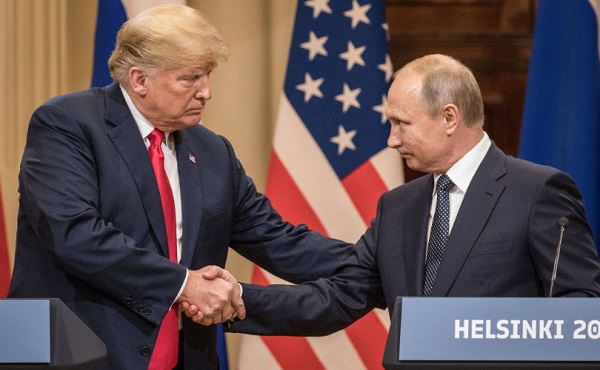
 International2 days ago
International2 days agoSupport for the Ukraine war continues because no one elected is actually in charge.
-

 Business2 days ago
Business2 days agoTrump slaps Brazil with tariffs over social media censorship
-
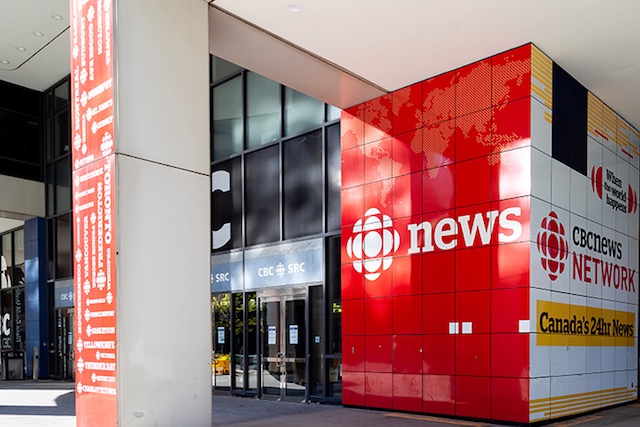
 Business2 days ago
Business2 days agoCBC six-figure salaries soar
-

 Business19 hours ago
Business19 hours agoB.C. premier wants a private pipeline—here’s how you make that happen
-

 Addictions2 days ago
Addictions2 days agoCan addiction be predicted—and prevented?




